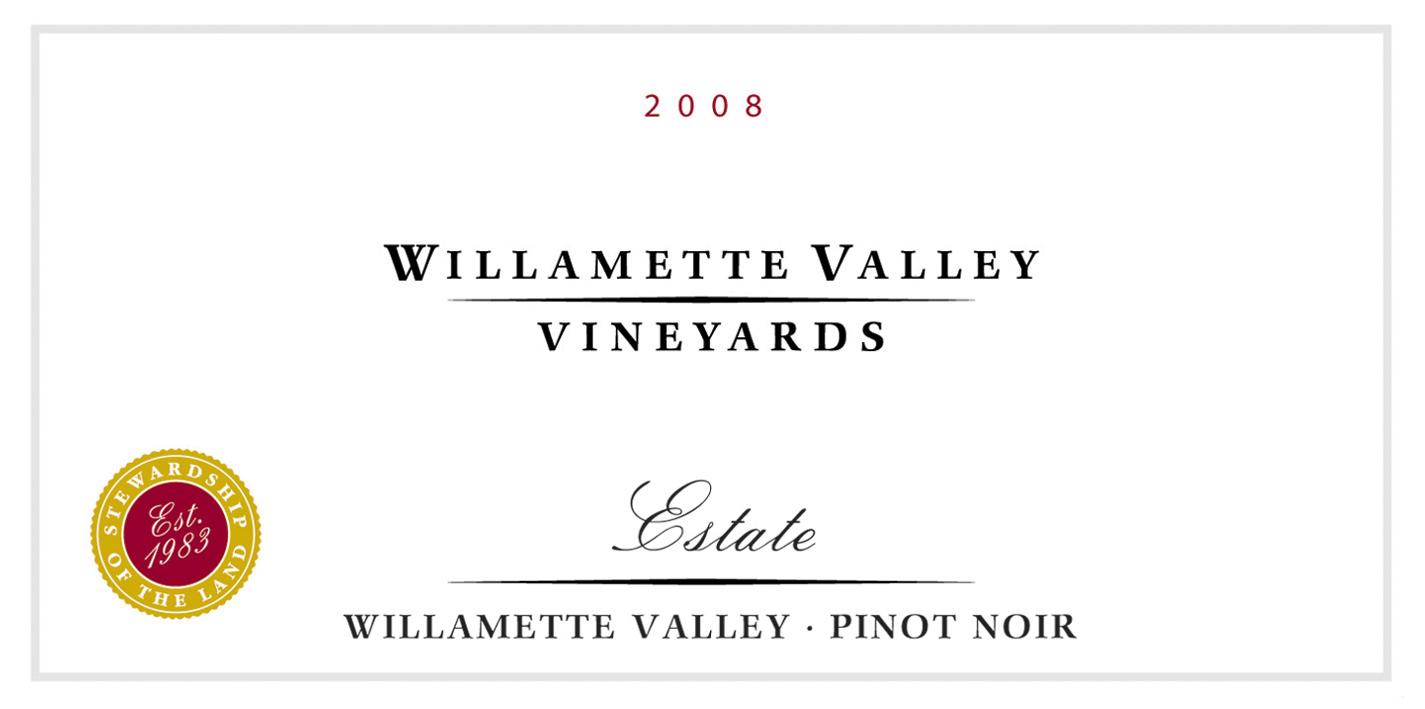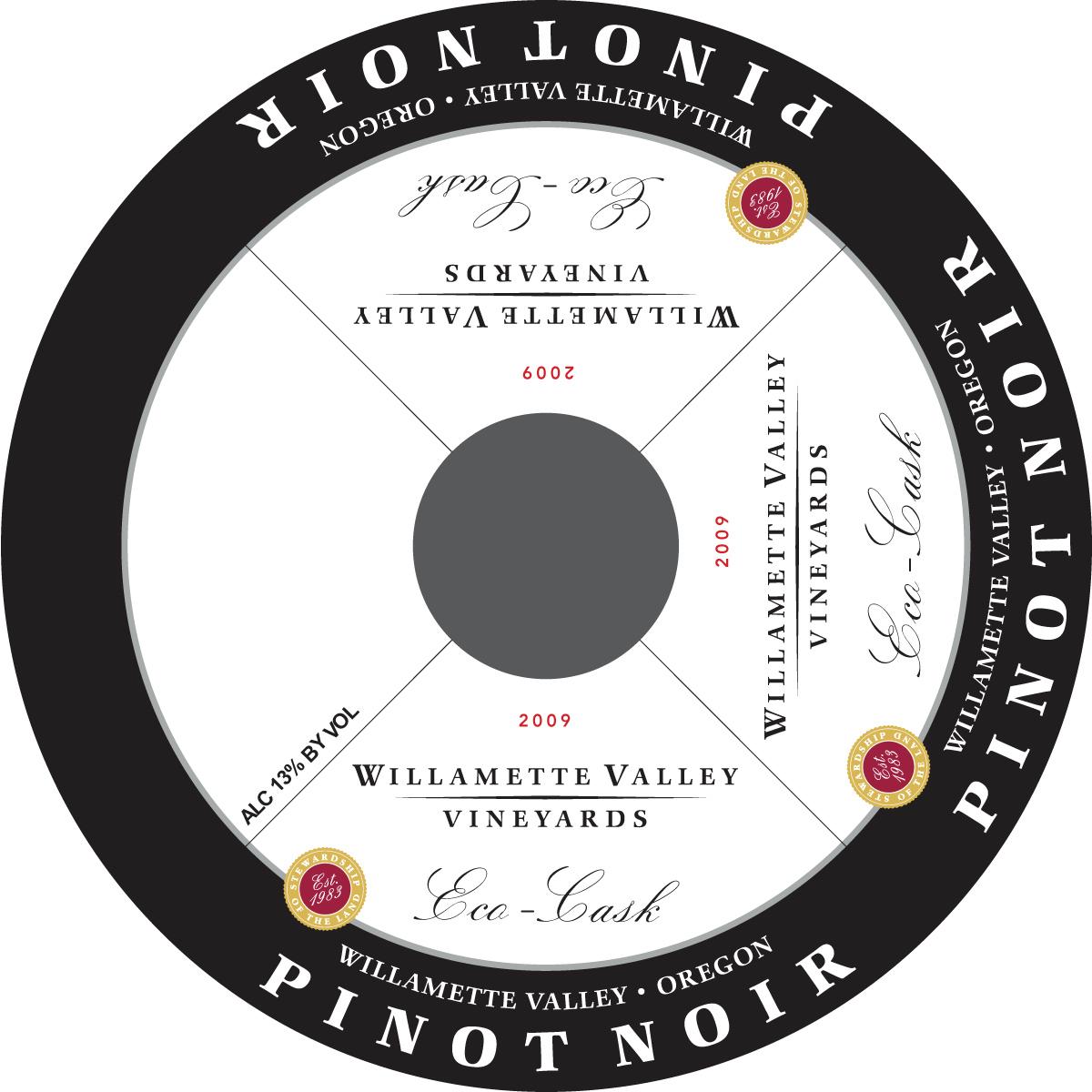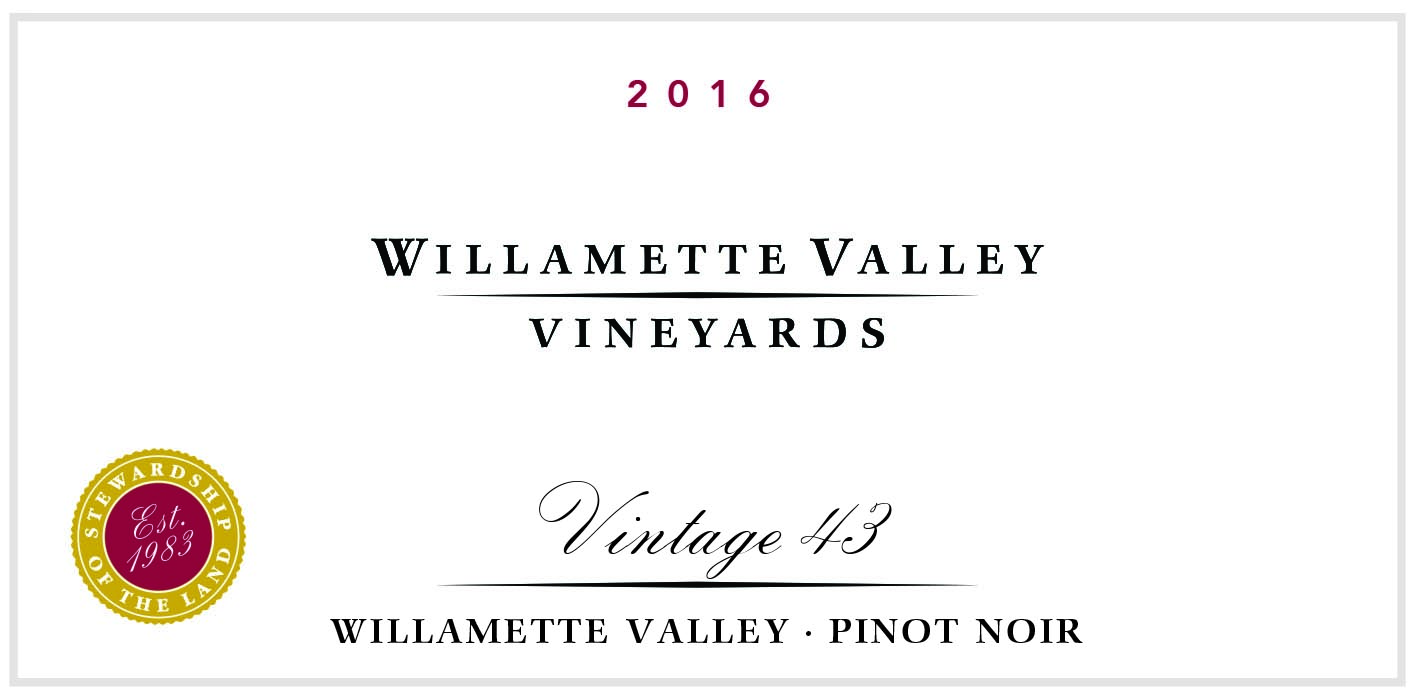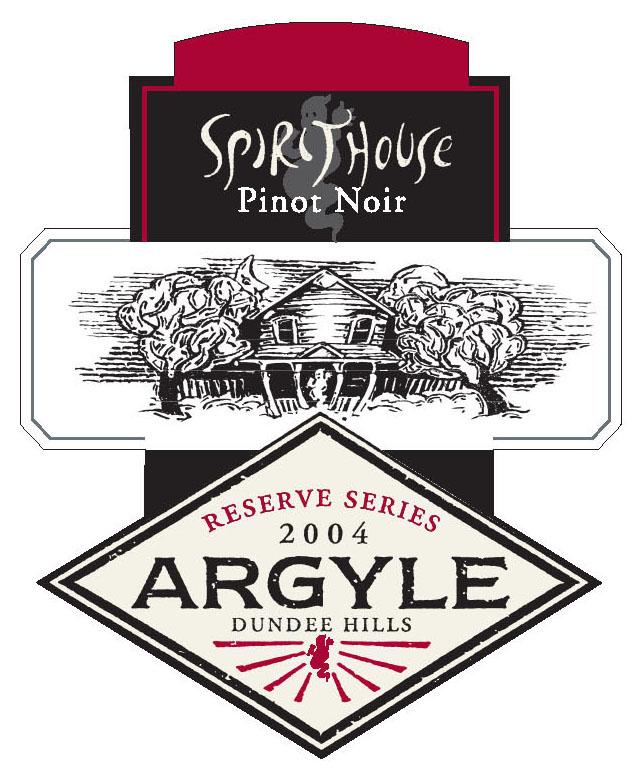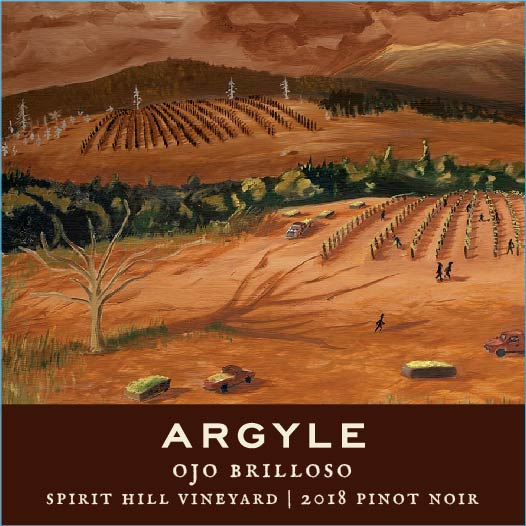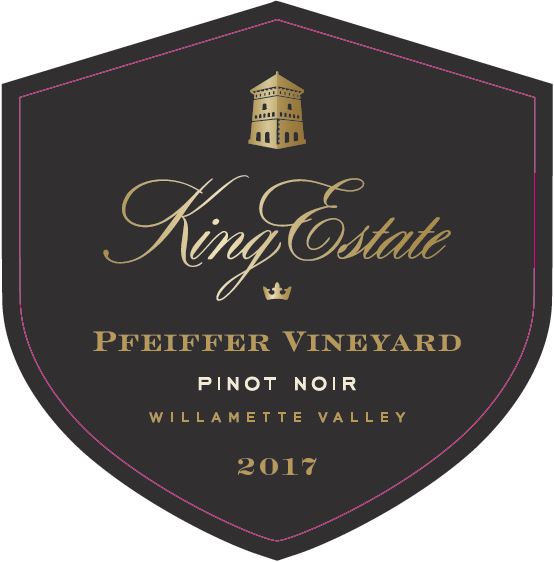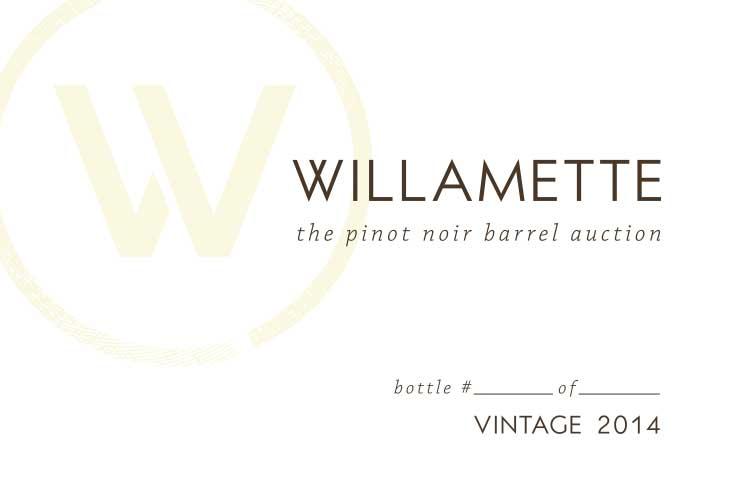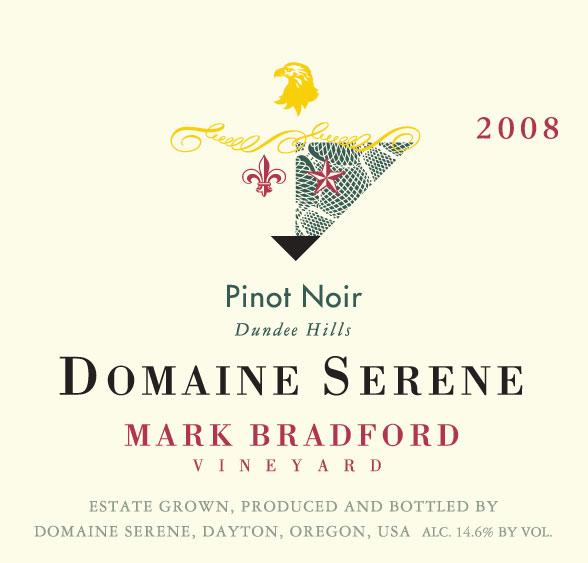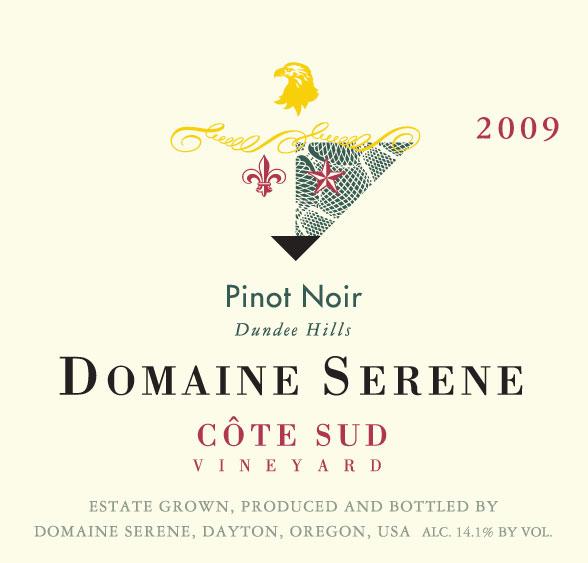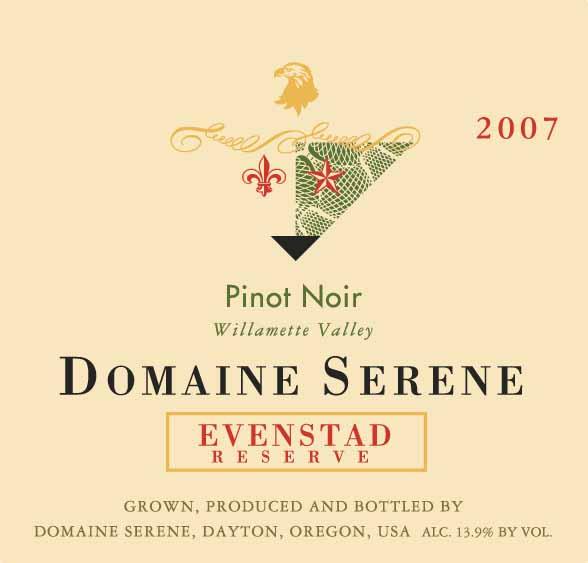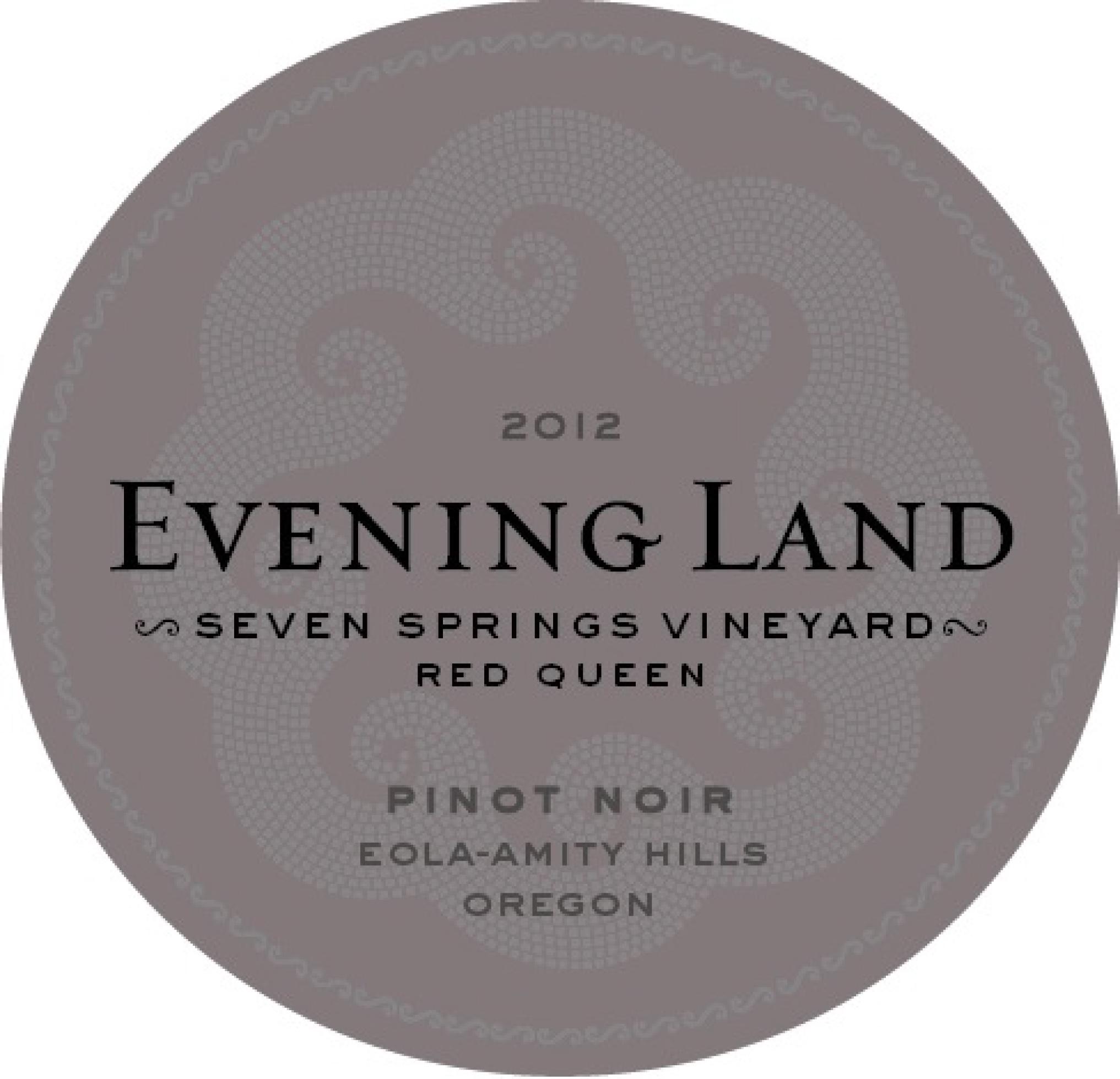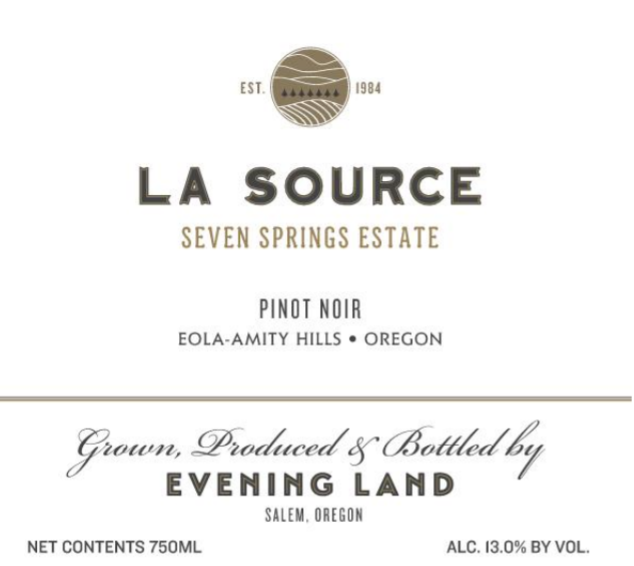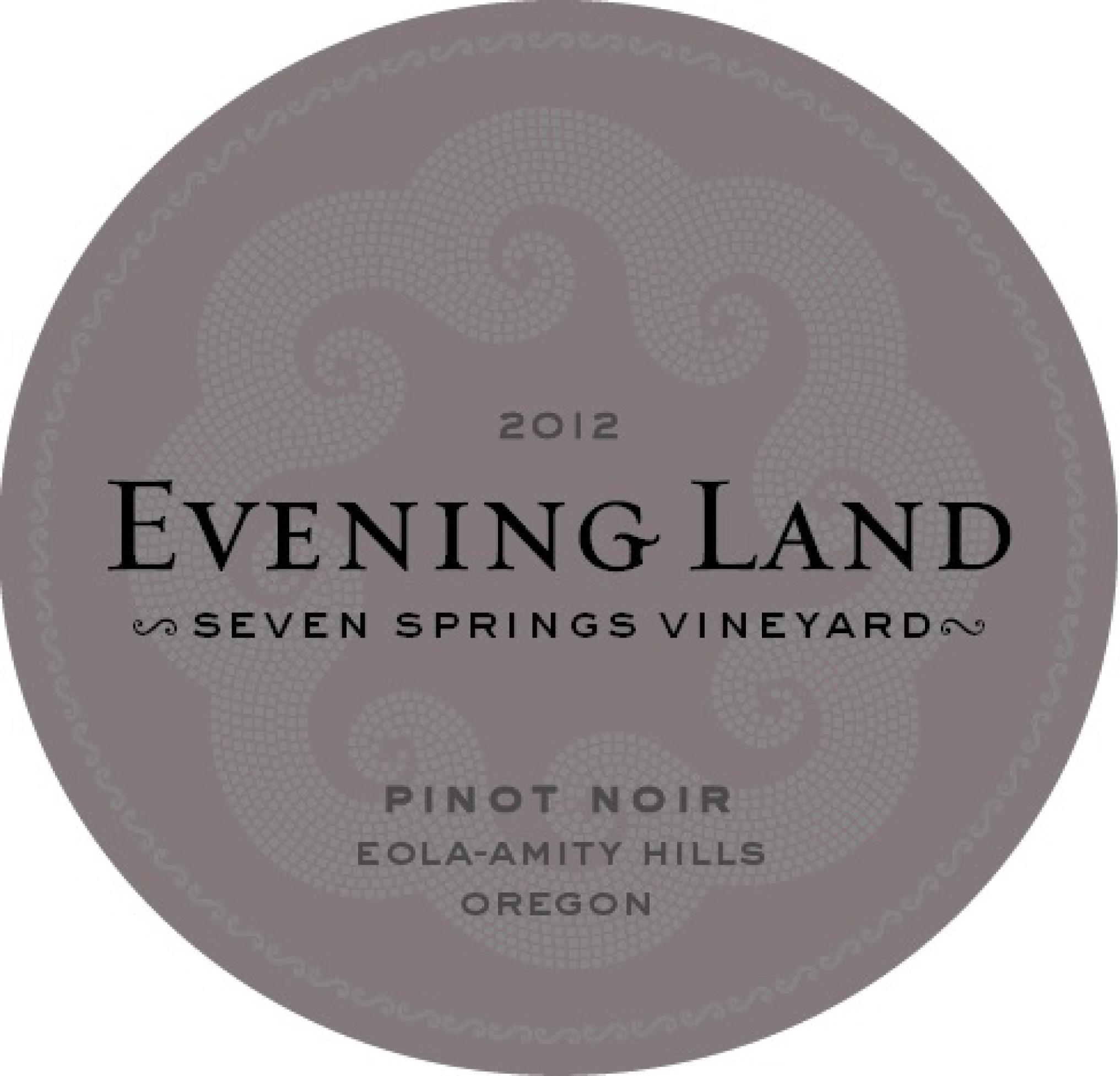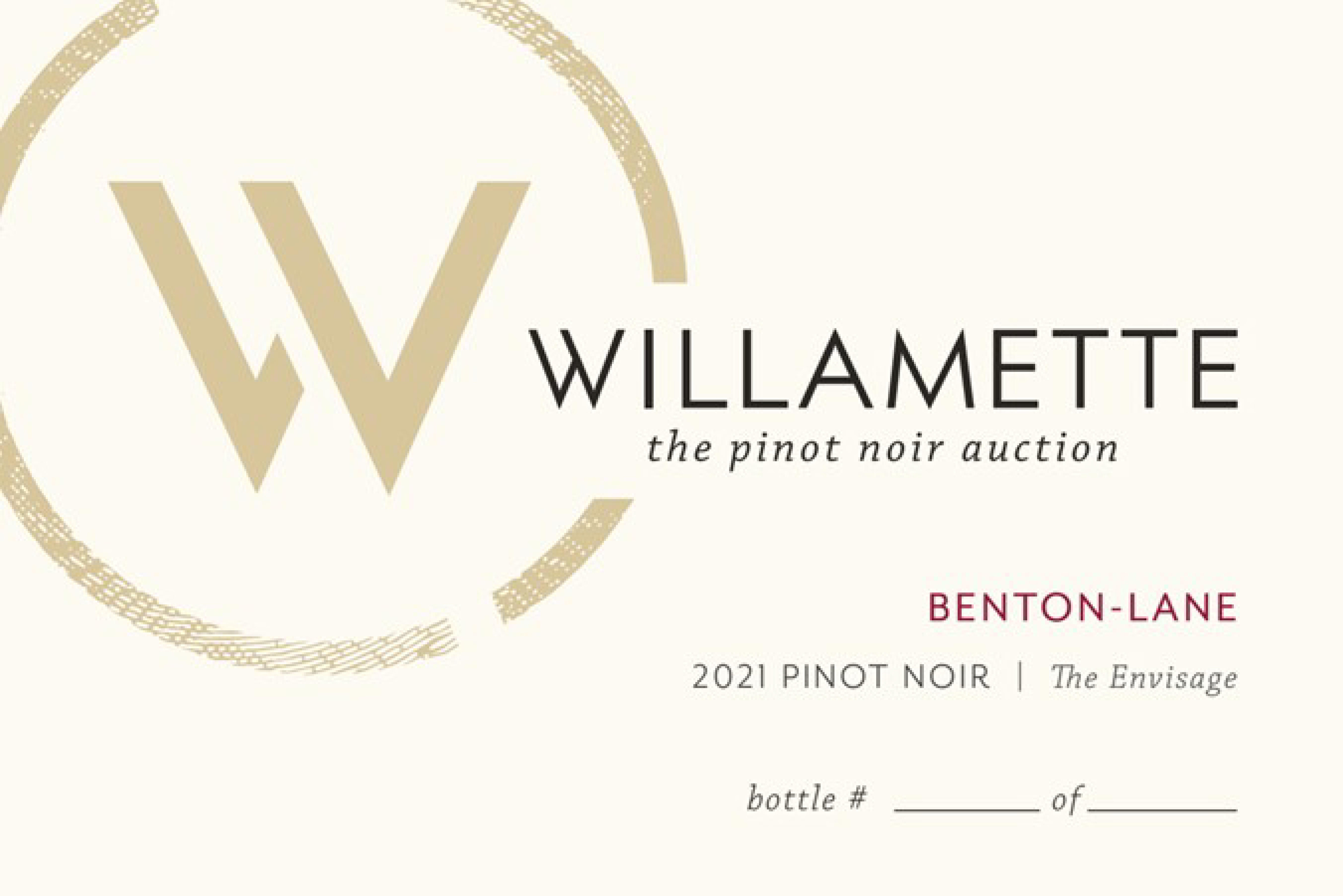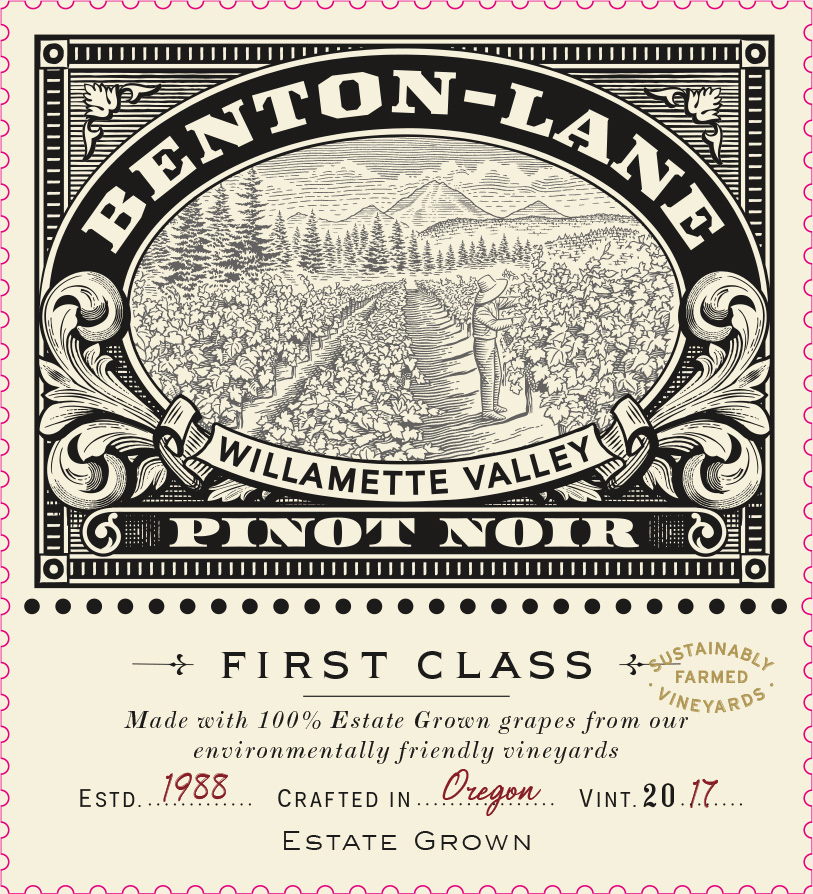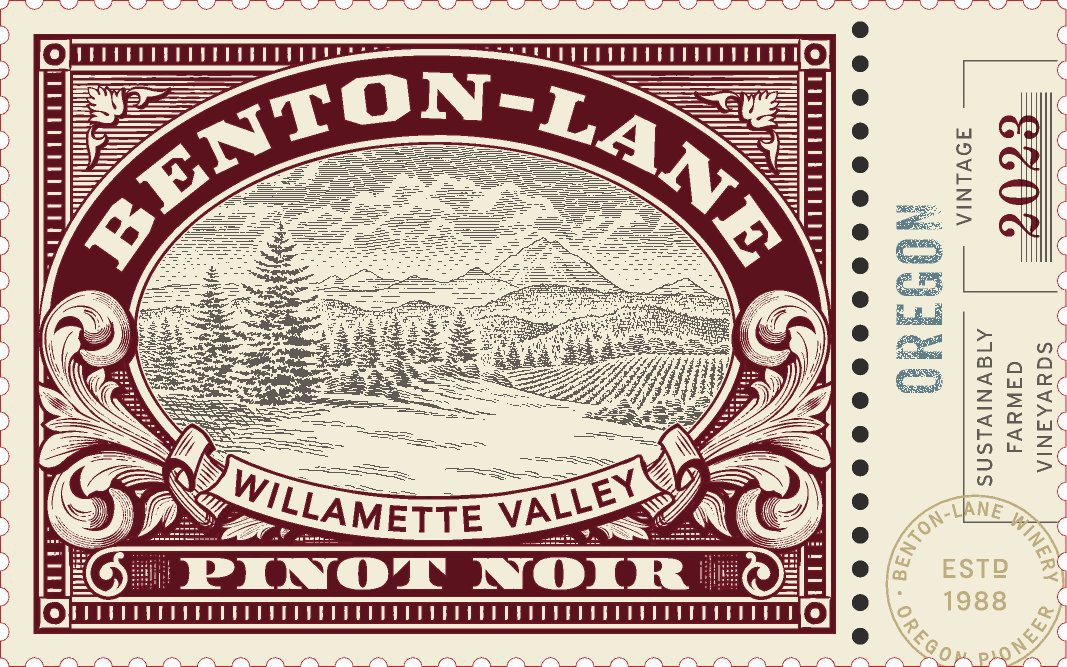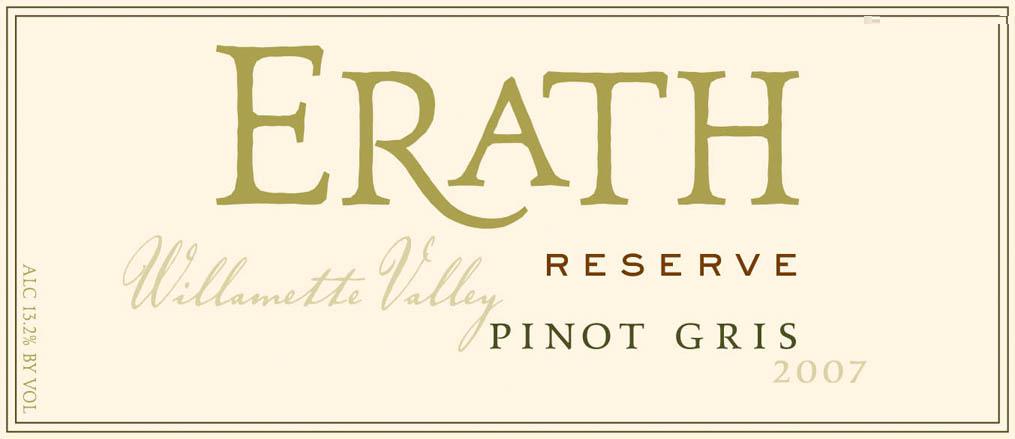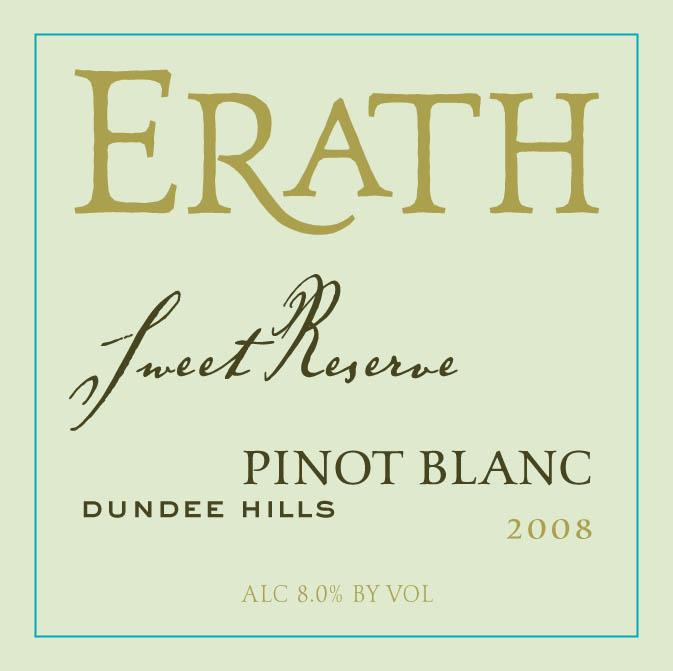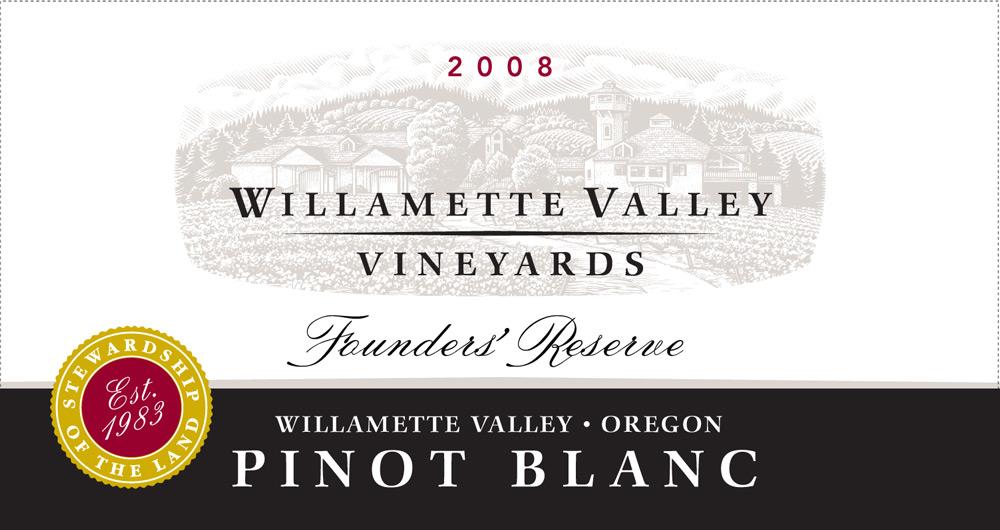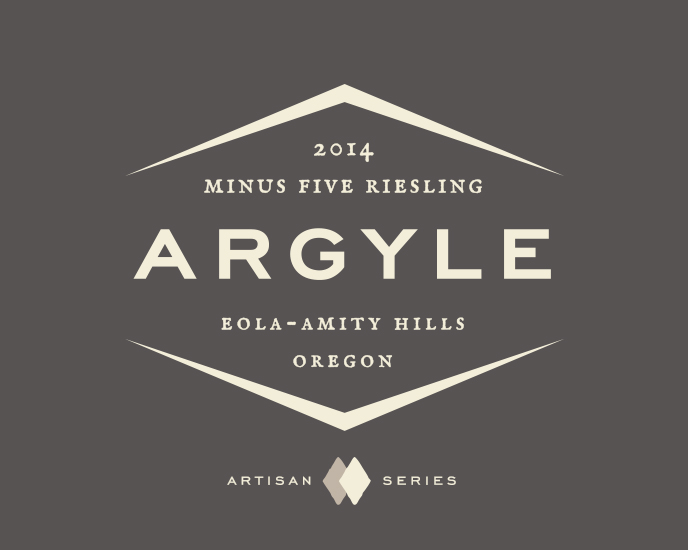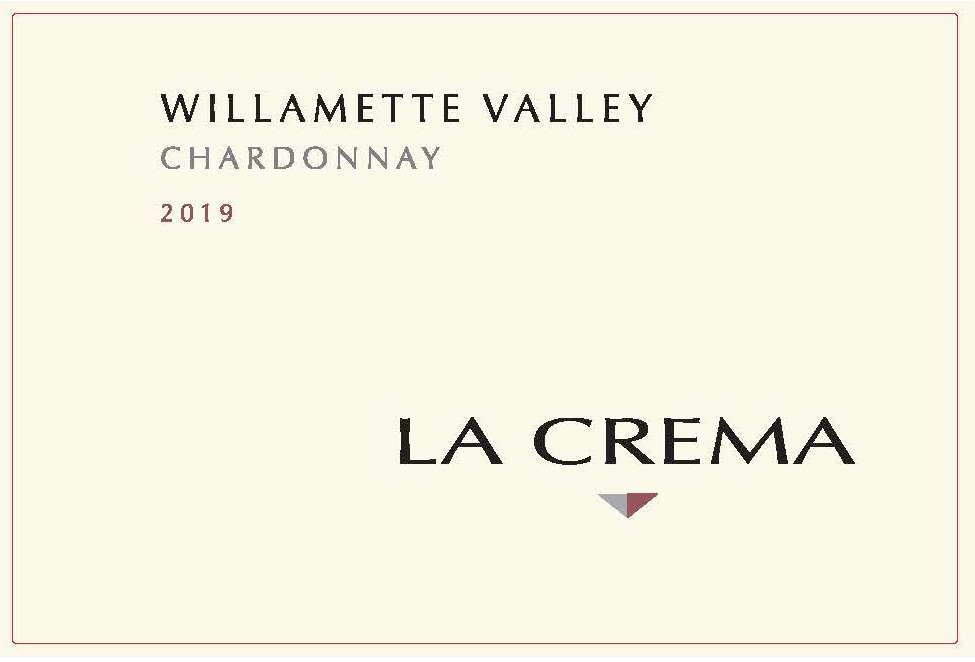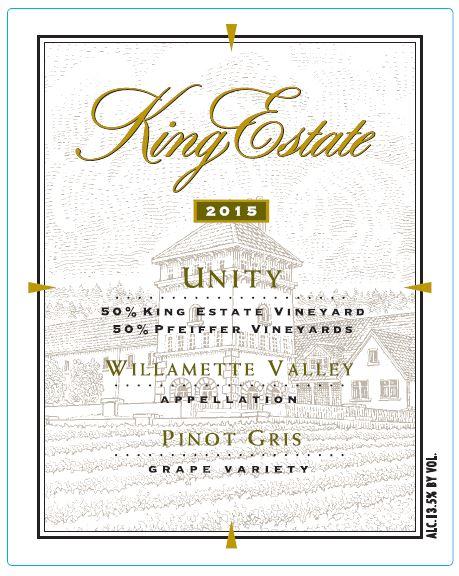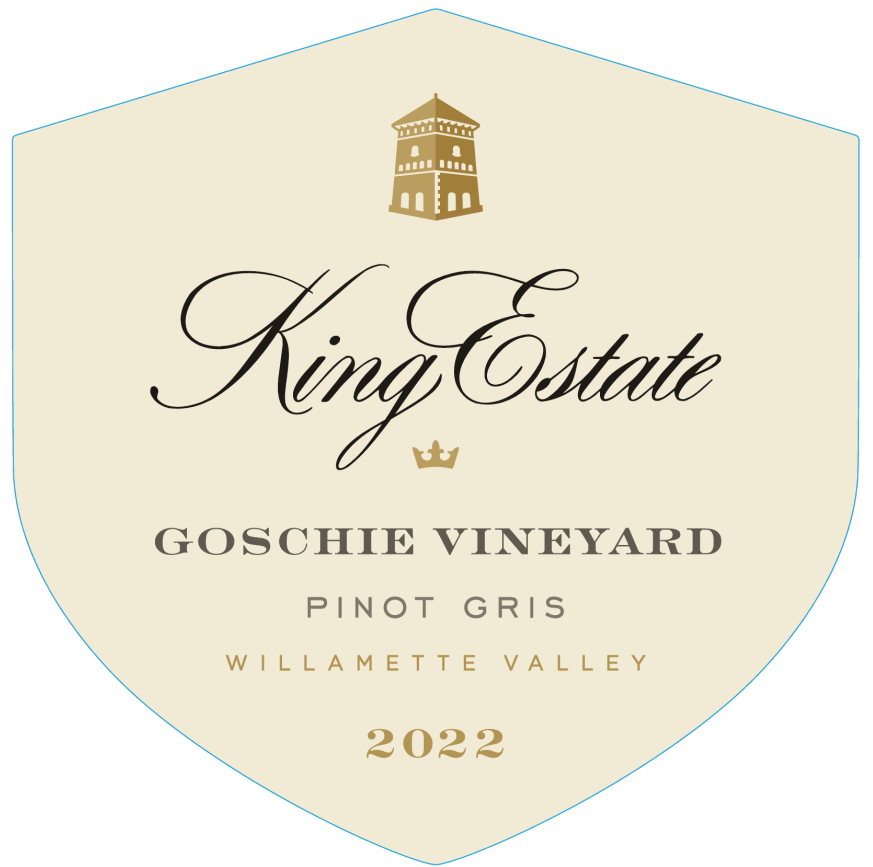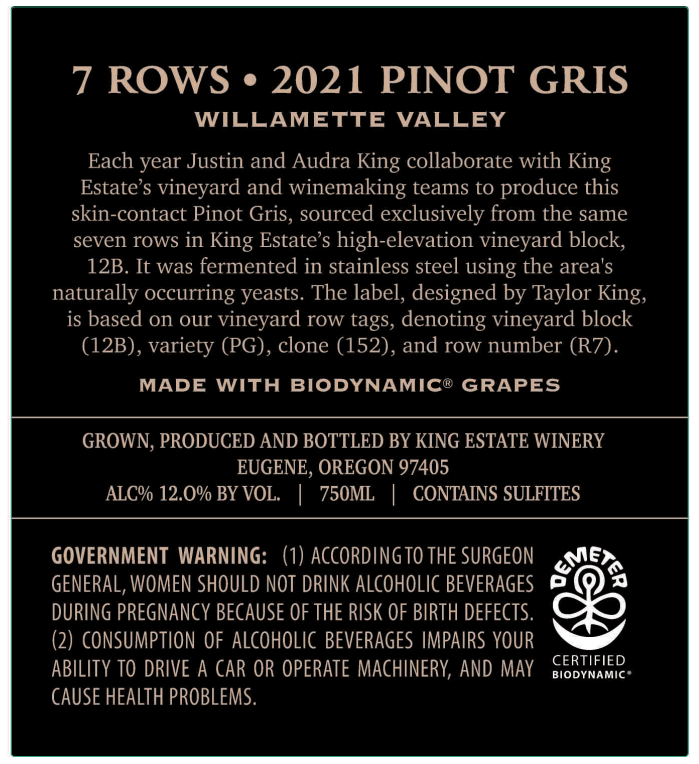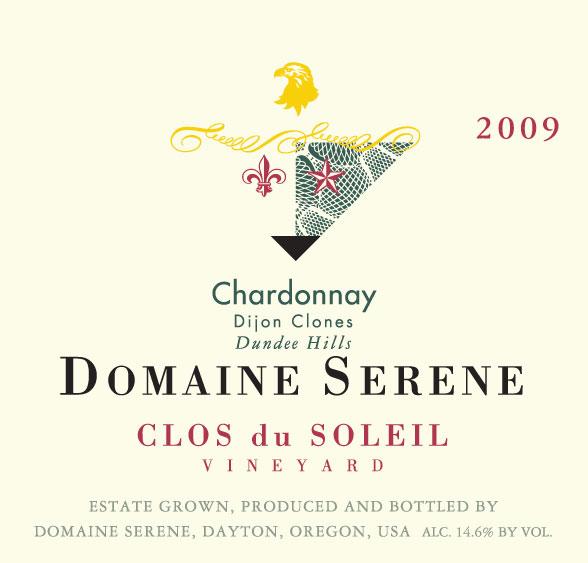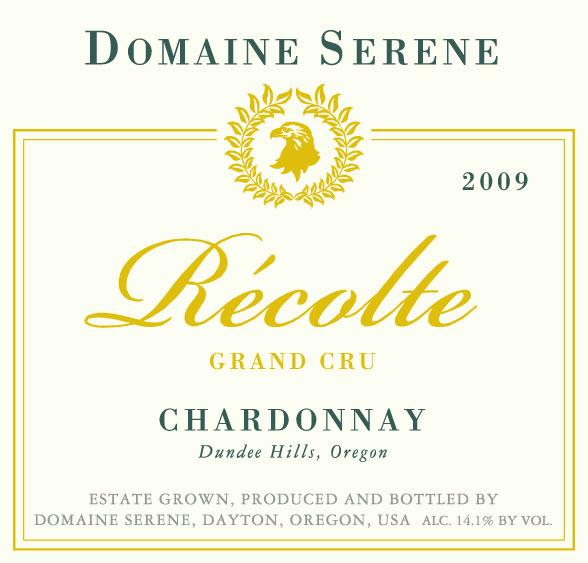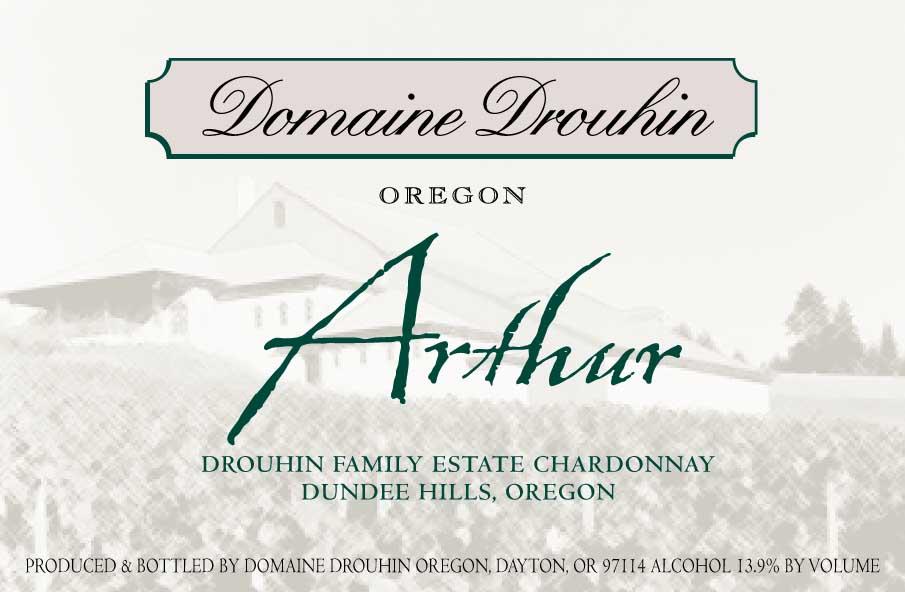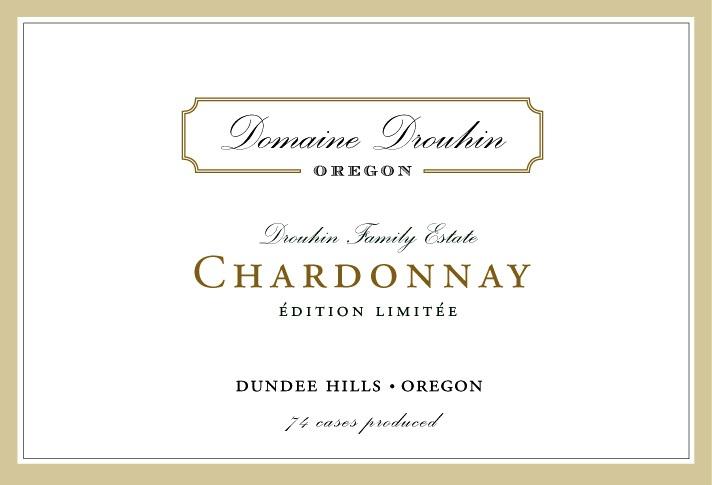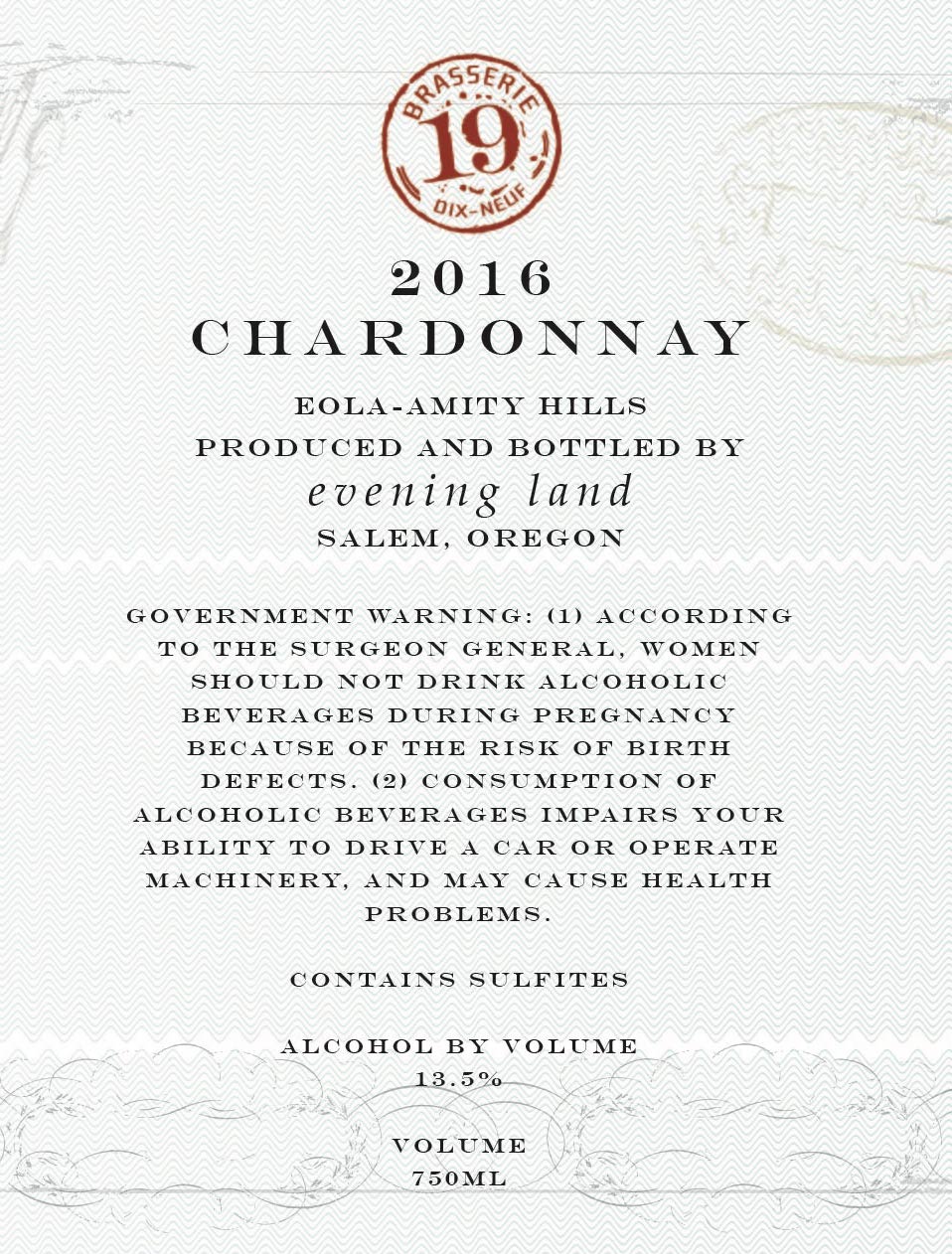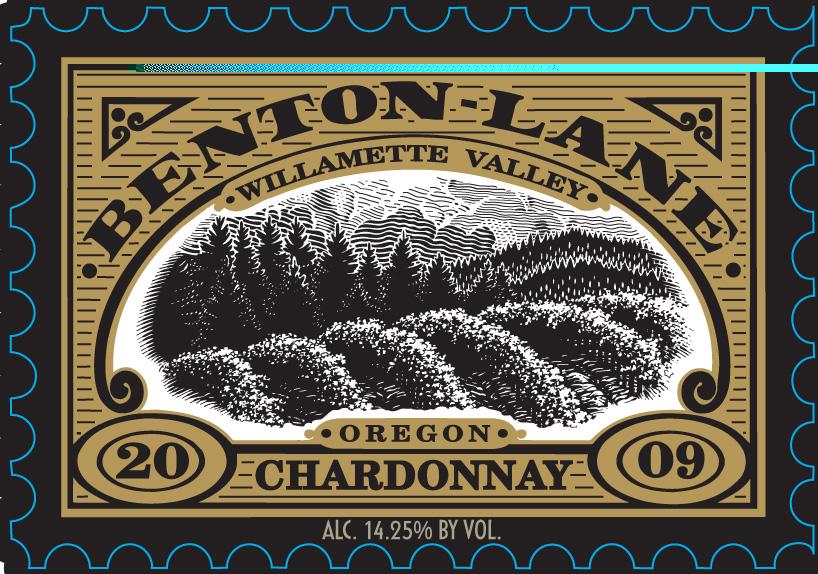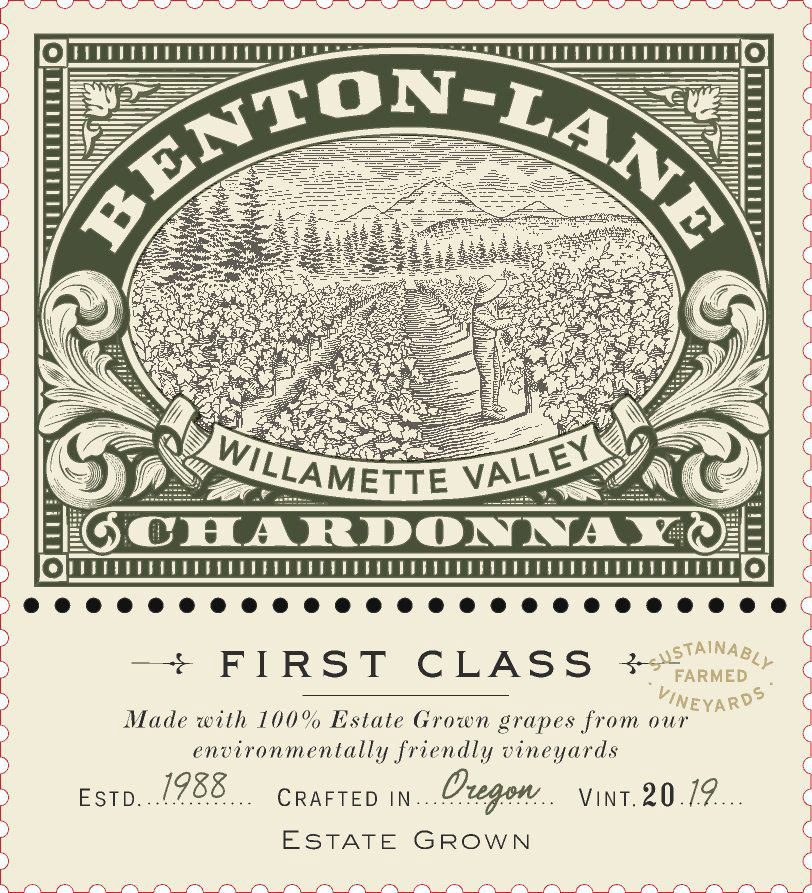Terroir of the Willamette Valley
The Willamette Valley has a special environment for growing grapes, thanks to its geography and climate. It's located between the Coast Range and the Cascades, benefiting from a mild maritime climate perfect for vineyards. The Coast Range protects it from ocean storms, and the Cascades keep the eastern heat moderate, creating a pleasant climate. The Van Duzer Corridor brings in cool breezes, adding depth to wines, especially in the Eola-Amity Hills.
Vineyards are on hills and benches, with elevations between 100 and 1,320 feet, mostly facing south or southwest. The soils vary, including marine sedimentary, volcanic basalt, and loess, enriched by ancient floods. This variety adds rich flavors and vibrant acidity to the valley's wines. The long, dry summers and big temperature changes from day to night also help create balanced, aromatic wines, making the Willamette Valley a top wine region.
Notable Wineries in the Willamette Valley
The Willamette Valley is home to a blend of pioneering and modern wineries, each contributing to its reputation as a leading wine region. Here are some notable producers:
-
Eyrie Vineyards: A trailblazer since 1965, celebrated for its refined Pinot Noir.
-
Adelsheim Vineyard: Known for balanced Pinot Noir and Chardonnay, shaping the region since 1971.
-
Ponzi Vineyards: Renowned for Pinot Noir and sparkling wines, established in 1970.
-
Domaine Serene: Acclaimed for single-vineyard Pinot Noirs and Chardonnays since 1989.
-
Willamette Valley Vineyards: A large producer focused on Pinot Noir and sustainability, founded in 1983.
Each winery, with its unique story and dedication to quality, contributes to the valley's rich tapestry, making it a distinguished destination for wine lovers worldwide.
Sustainable Winemaking in the Willamette Valley
In Willamette Valley, sustainability is a core value deeply embedded in winemaking practices. The region's commitment to the environment is evident through widespread certifications from programs like LIVE and Salmon-Safe. Many vineyards adopt organic and biodynamic approaches, prioritizing soil health and biodiversity.
Strategies such as cover cropping, reduced tillage, and integrated pest management are common, enhancing the vineyard ecosystem. Water conservation is key, with drip irrigation and water recycling playing vital roles. Winemakers also focus on energy efficiency, using solar power and gravity-flow systems to minimize their carbon footprint.
Efforts to safeguard natural resources ensure that winemaking in the valley remains sustainable for future generations. This dedication not only preserves the unique terroir but also supports the production of high-quality wines that reflect the region's distinctive character.
Wine Tourism in the Willamette Valley
Willamette Valley in Oregon is a premier wine tourism destination, offering a blend of scenic beauty and rich wine experiences. The valley is best explored from late spring to early fall, with ideal weather for outdoor activities.
Visitors can enjoy picturesque wine routes, with options for guided tours and e-bike rides. Numerous tasting rooms provide a range of experiences, from casual tastings to exclusive sessions with seasonal food pairings.
The valley hosts vibrant wine festivals, including the International Pinot Noir Celebration, enhancing the wine tourism appeal. Accommodations range from luxury hotels to charming inns, ensuring a comfortable stay.
The region also offers cultural attractions and outdoor activities like hot-air balloon rides and hikes. This combination of exceptional wines, stunning landscapes, and diverse activities makes Willamette Valley a distinguished destination for wine enthusiasts seeking an immersive experience.







